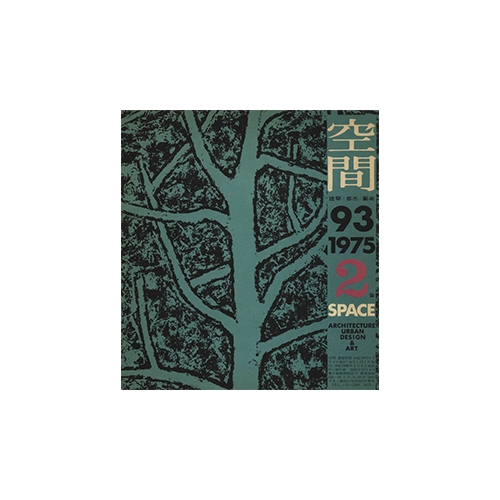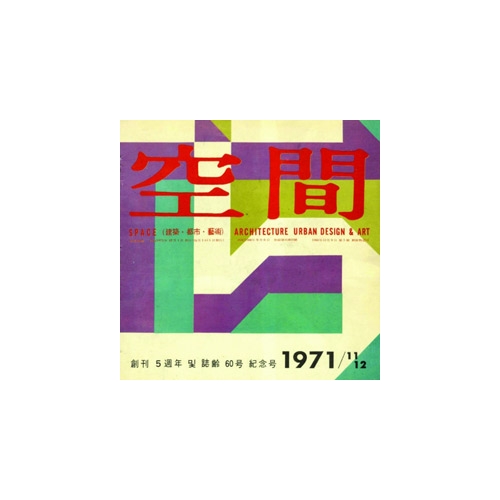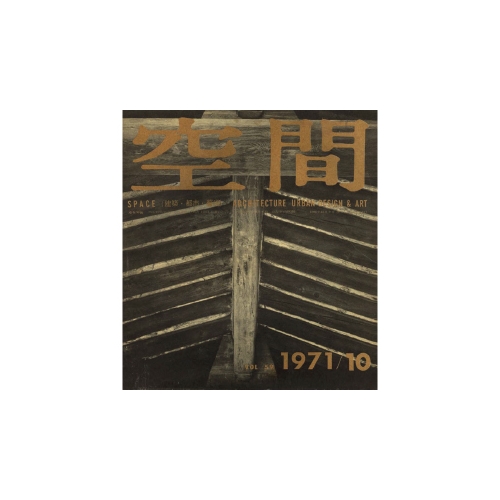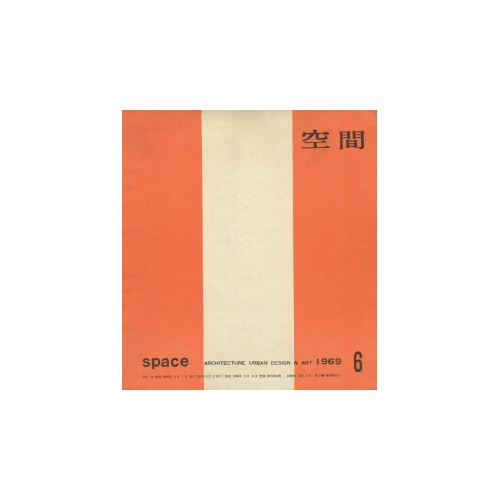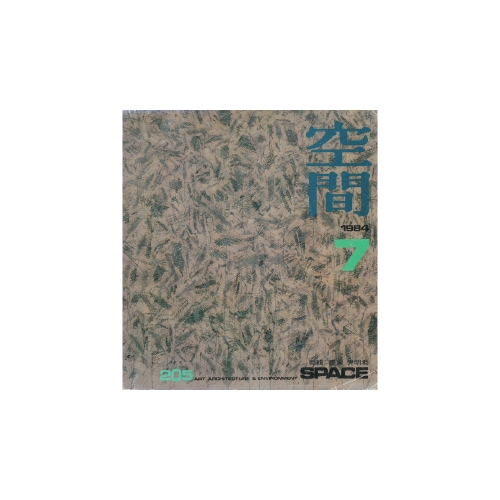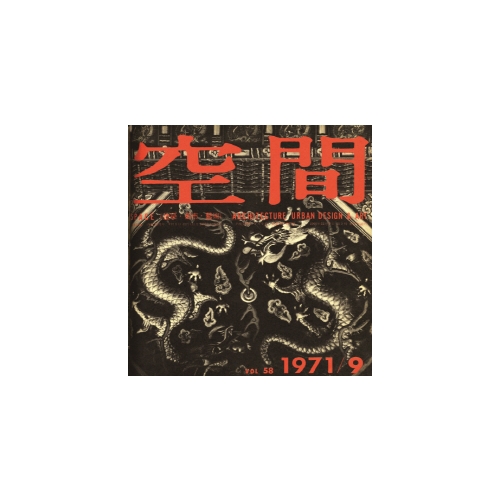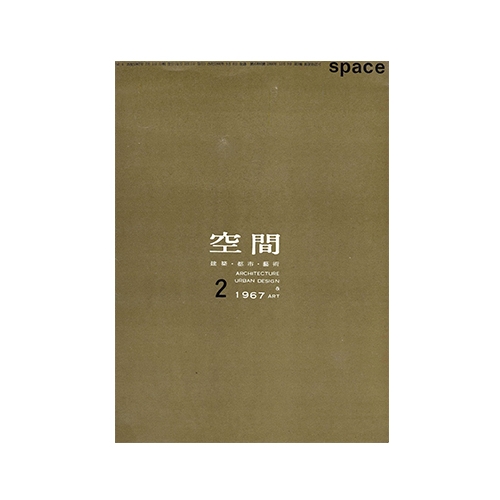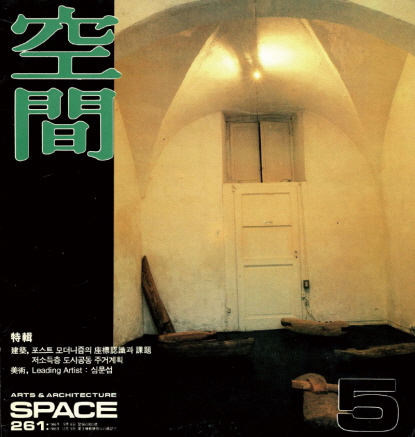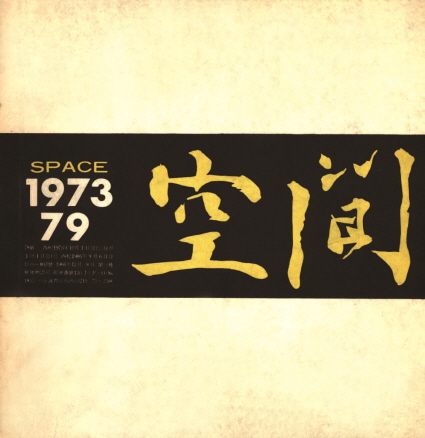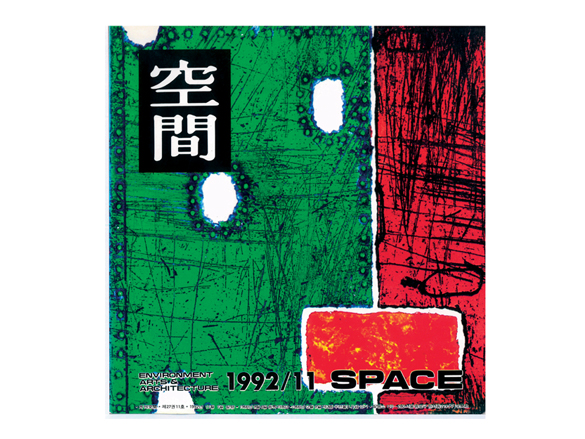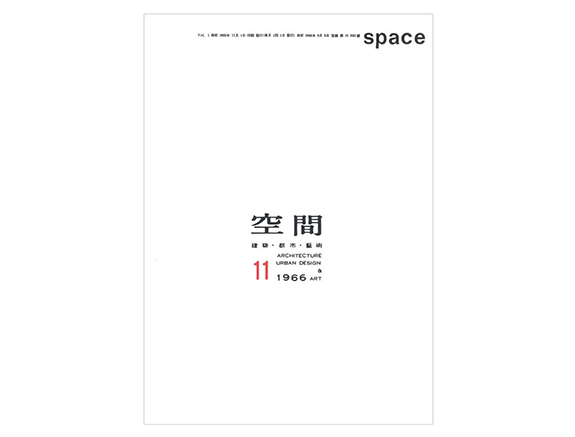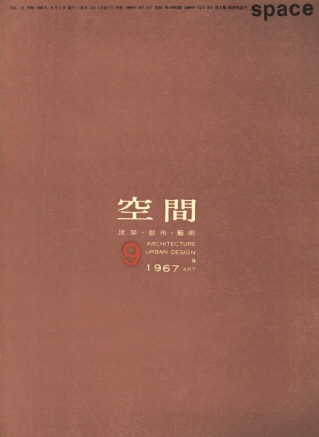SPACE May 2022 (No. 654)
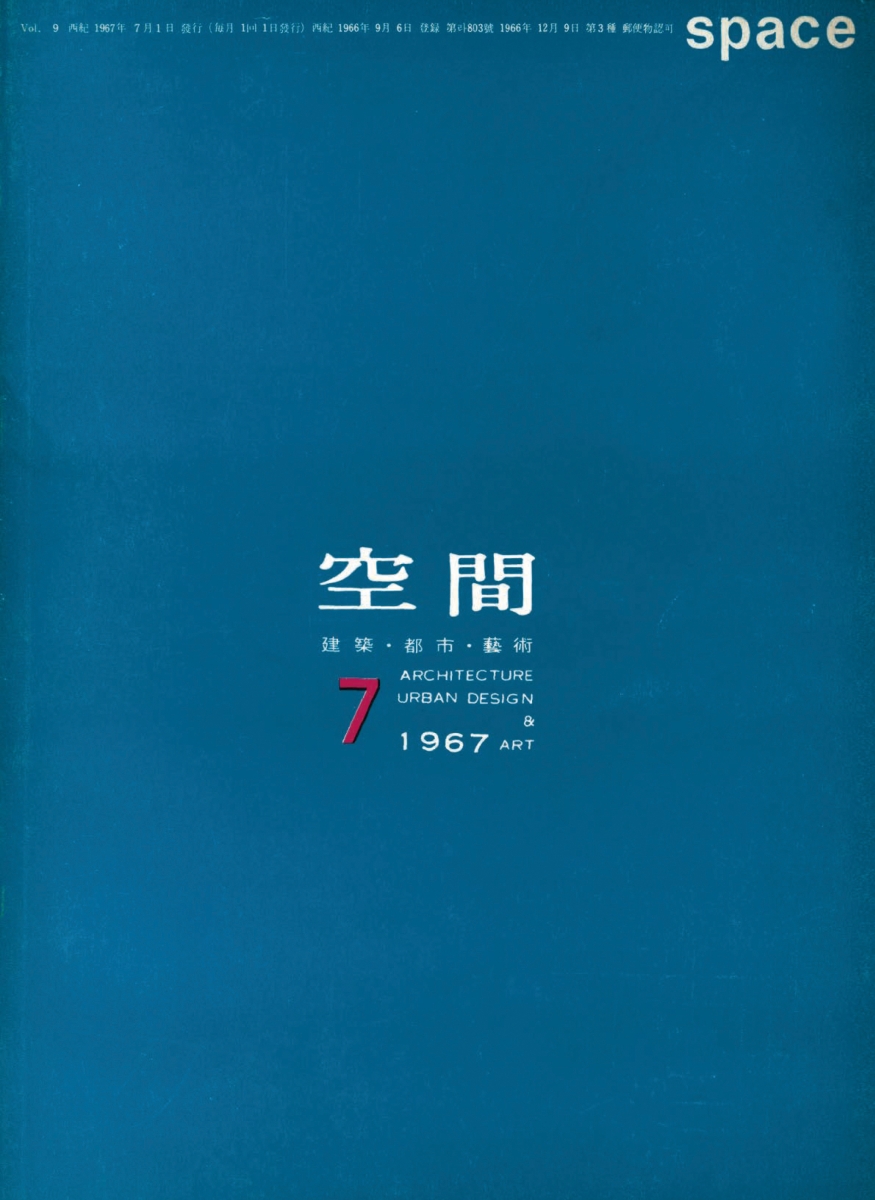
See the SPACE No. 9 (July 1967)
In July 1967, SPACE No. 9 was conceived as a special issue on Japanese modern architecture. During the period of colonial rule, Western modernist architecture was introduced to Korea through Japan, and, even after liberation, this Japanese influence endured over many decades, evident in structures within the school system, and in legal, municipal, and technical applications. For Korean architects of the post-liberation period, the status of Japanese architecture has shifted from a discriminating model derived from the past to one of a variety of foreign sources and references, but Japanese architecture still exerts a profound influence on design as one of the more visible and accessible forms. Nevertheless, it is not easy to find a clear and coherent discussion on Japanese modern architecture in Korea, apart from in the work of renowned Japanese architects and the translations of their autobiographical essays. The relative absence of discussion on Japanese architecture can be understood as resulting from a desire that arose in the postcolonial period to remove any trace of Japan from Korean architecture, rather than allow it to persist as incidental.
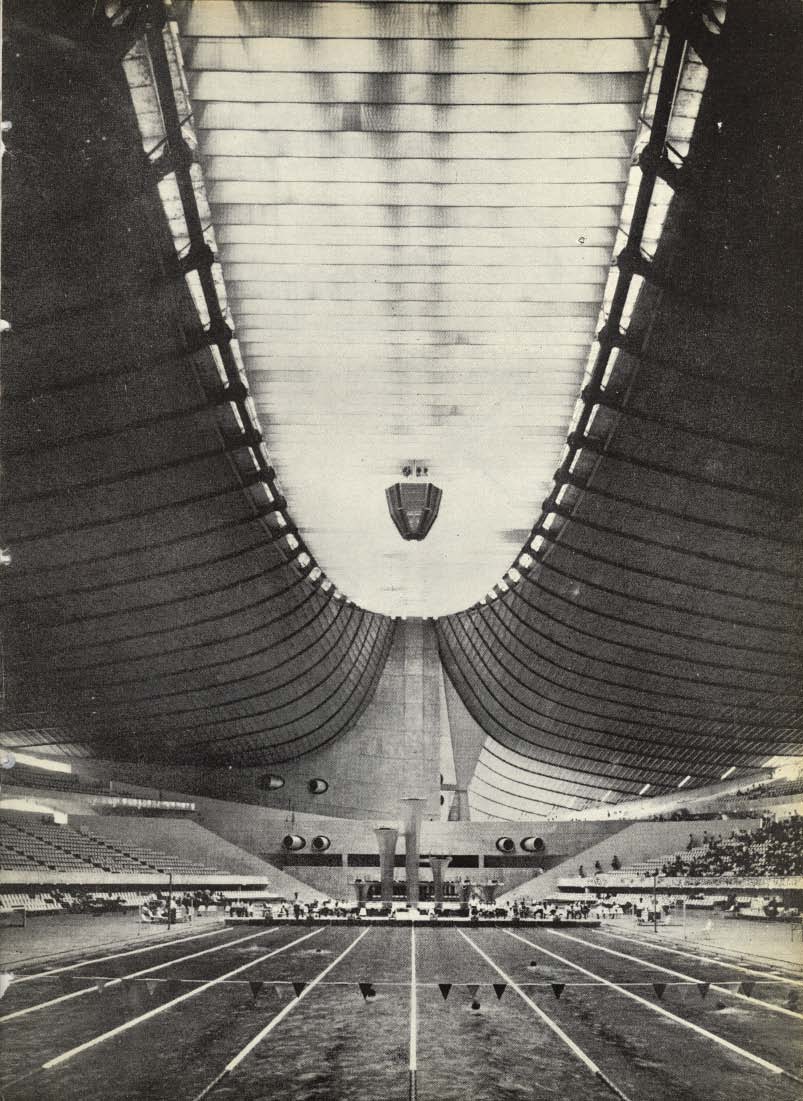
SPACE No. 9, p. 9.
Considering this set of circumstances, SPACE No. 9 is a truly exceptional and valuable resource as the first special feature to cover foreign architecture, and specifically Japanese modern architecture. Not even a year had passed since the publication of the magazine’s first issue. The architect under the most scrutiny was Tange Kenzo, who rose to the ranks of international star architects under the slogan ‘architecture that is in the Japanese style while also being modern’. The works of the Metabolism group such as Kikutake Kiyonori, Kurokawa Kisho, Maki Fumihiko, and Otaka Masato, who presented a new vision for the city and architecture and fascinated Western architects, were attended to in detail. Aside from this, architects who represent contemporary Japanese architecture were covered. Some of them are as follows: Maekawa Kunio, Sakakura Junzo, and Yoshizaka Takamasa, who are the trio from Le Corbusier’s office; Ashihara Yoshinobu who studied at Harvard University; Otani Sachio who made his name known by designing the Kyoto International Conference Center; Ikebe Kiyoshi who specialises in designing small houses; Shirai Seiichi who is an ‘outsider’ and a relatively unknown architect outside Japan; and Isozaki Arata who becomes the leader of postmodern architecture.
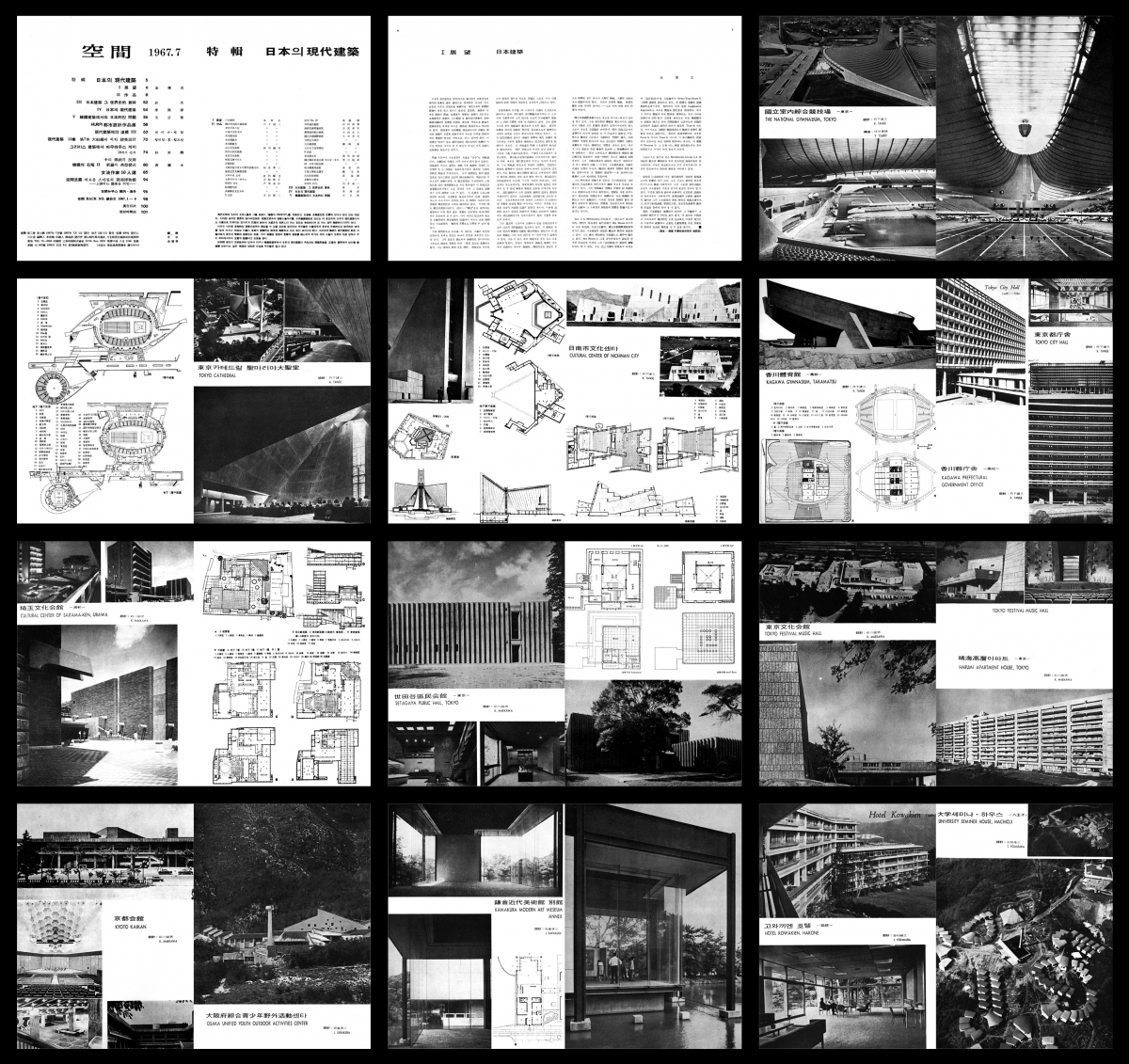
SPACE No. 9, pp. 3, 5 – 27
SPACE No. 9, which revealed the Korean architectural community’s interest in and holistic understanding of Japanese modern architecture, can be understood under the unique atmosphere of the mid-1960s. As the Syngman Rhee government – which used to ban all exchange with Japan – collapsed with the outbreak of the April Revolution, Korean society in the 1960s was able to encounter ‘Japan’ anew. Once the channel of exchange was opened, Japanese popular culture began to attract a younger generation and gave rise to a craze for Japanese literature. On the one hand, critics suggested that the acceptance and consumption of Japanese culture would obliterate our national spirit, while on the other hand, others warned of an excessive victim mentality and sense of inferiority towards Japan. The Treaty between the Republic of Korea and Japan signed in 1965 led to nationwide anti-Japanese protests and flooded Korean society with a nationalistic fervour. However, Japan’s capital, industry, and technology rapidly invaded the Korean economy without any real resistance, and the financials claims made by Japan in the name of reparations became the main driving force of economic development pursued by the Park Chunghee government. The company established at the time to build a stronger national infrastructure for economic growth through this incoming capital and technology was the Korea Engineering Consultants Corporation, which was headed by Kim Swoo Geun. Korean society reacted to this renewed encounter in a ‘schizophrenic’ manner, mixing feelings of envy and disdain, inferiority and superiority.▼1 These ambivalent and complex sentiments towards Japan can be found throughout the articles of SPACE No. 9.
Promising young architects at the time in their 20s and 30s, such as Kim Byunghyun, Yoo Kerl, Lee Sangsun, and Won Chungsu, participated as authors in this issue. As a generation that did not receive an architectural education during the colonial period, they were not fluent in Japanese, but they had a profound interest and understanding of Japanese architecture as one of foreign architecture, like American and French architecture. According to Yoon Seungjoong, who was about the same age as them, he had no ‘advantage’ that allowed him to read Japanese as fluently as those of the older generation, but he constantly read Japanese architectural magazines such as SHINKENCHIKU, International Architecture: kokusaikentiku, and Kenchiku Bunka, which were readily available at the time.▼2
First of all, Kim Byunghyun’s article, which serves as a general summary, outlines the issues faced by Japanese modern architecture. He notes the polemic of tradition was the most important issue tackled by postwar Japanese architecture and attempted to make a subjective analysis beyond his objective introduction of the related architecture. In other words, he criticises works such as Iwamoto Hiroyuki’s National Theater (1966) and Yamada Mamoru’s Nippon Budokan (1964), which borrow physical motifs from traditional Japanese architecture. He then regards Shirai Seiichi’s Zenshoji Temple (1958) worthy of high esteem, which abstracted the tradition in spiritual and universal dimensions. His extreme interest in the polemic surrounding the influence of Japanese tradition is understandable if we recall the suffering endured by the Korean architectural community due to the design competition for the National Unified Museum of Korea, which encouraged imitations of ancient architecture.
Lee Sangsun, who was the only person from the writing staff to visit Japan, delivers a vivid impression of contemporary Japanese architecture and the cities he experienced. As a member of the Neoplastic group, which claimed to stand for the Bauhaus in Korea, Lee Sangsun was a member of the Office of the National Railroad Administration and had the opportunity to travel around Japan during a two month training scheme at the Japanese National Railroad. His article, which introduced the dignity of the just-completed Kasumigaseki Building, sophisticated luxurious commercial buildings, and Senri New Town in the suburbs of Osaka, encompasses the energy and vitality of the modern metropolis in Japan, which emerged as an economic powerhouse.
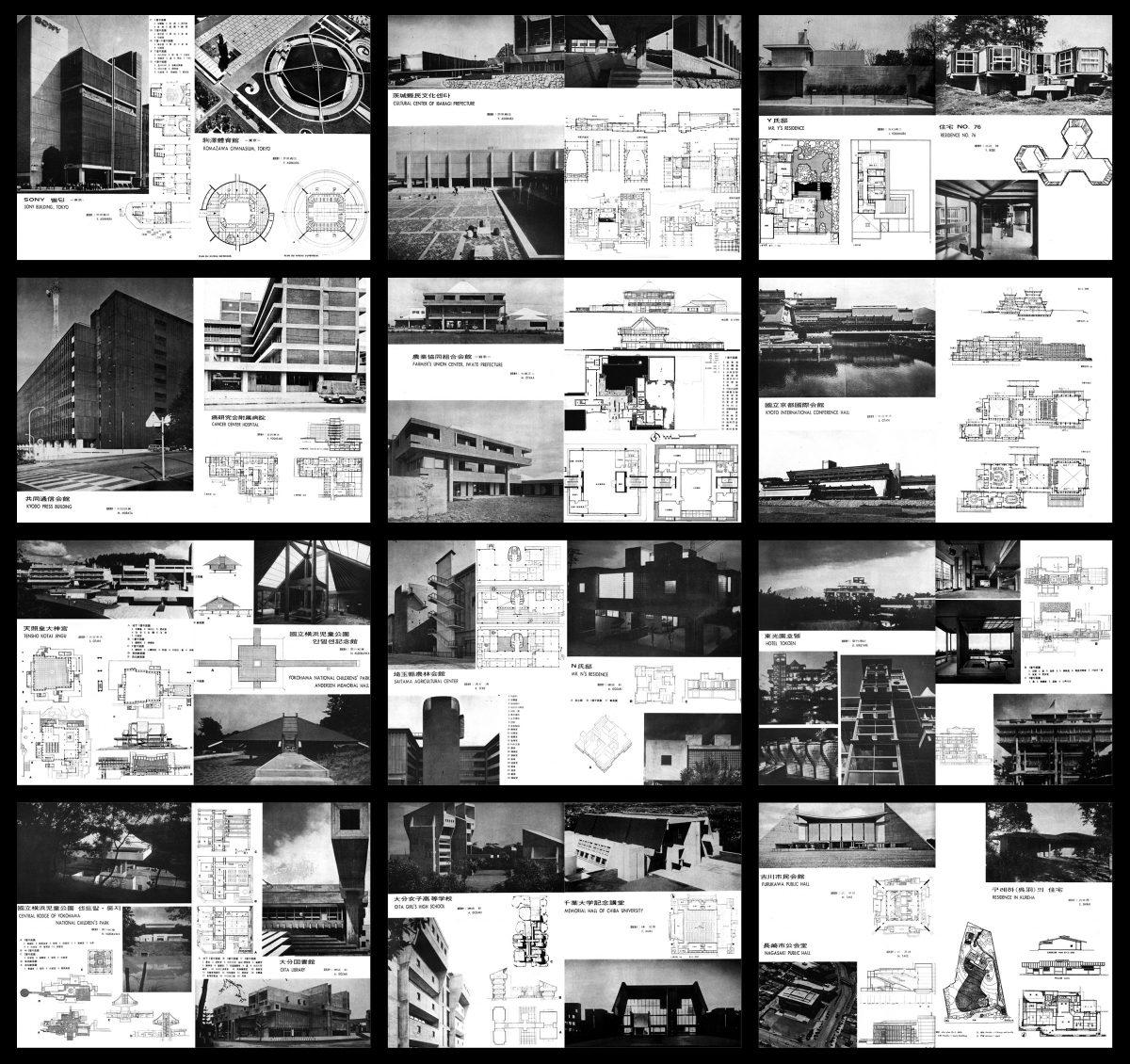
SPACE No. 9, pp. 28 – 51
While Lee Sangsun’s article reveals his fascination for and envy of Japanese architecture, one that has attained international renown, Yoo Kerl’s article expresses a desire to devalue the achievements of Japanese architecture. Yoo Kerl believes that the characteristics of Japanese architecture lie in the artificial details that mislead people, and criticises the lack of authenticity, formative completeness, and unique vision of this architecture, which were supplemented by distinctive details, materials, and colours. Making the ‘honest’ architecture of Louis Kahn – whom he admired – the measure of originality, Yoo Kerl disparages Japanese architecture as a ‘pseudo’ architecture that falls short.
Won Chungsu’s article, which serves as the conclusion, covers the controversial topic of what Japan is to Korean architecture in an objective and calmer way, and from a historical point of view. He notes that the historic case of Japanese architecture, which achieved a world-class level in a short time, could serve as a good model for Korean architects. However, he made it clear that erasing the Japanese colour cast on Korean architecture is a pressing task for architects at the moment.
Unexpectedly, shortly after this special issue was published, the Korean architectural world became embroiled in controversy over the Buyeo Museum in terms of its Japanese style. This controversy, which was ignited by the critique that the Buyeo Museum designed by Kim Swoo Geun’s team was reminiscent of a Japanese shrine, was reported across the cultural pages of daily newspapers for about a month from August 1967, sending ripples not only across the architectural field but also across society as a whole.▼3 Above all, the fact that it reminded people of a shrine, which is an architectural symbol of Japanese militarism, ignited the anti-Japanese sentiment that prevailed after the Treaty between the Republic of Korea and Japan. The fact that the designer Kim Swoo Geun studied in Japan also added to this negative impression. Kim Chungup, who severely criticised the Buyeo Museum as a ‘deformation of a shrine’, pointed out that the designer did not sufficiently filter out the influence that he received while studying in Japan, and that he failed to produce an ingenious creation. He also thundered that there should be a ‘great deal of effort to wipe the dirty water of Japan clean and pave the way for himself’.▼4 On the one hand, some used provocative phrases such as ‘colonial remnants’ and ‘spectral construction’ to call for the demolition
of the Buyeo Museum, whereas, on the other hand, others emphasised the architect’s freedom of creation by remaining cautious of any excessive sense of inferiority and chauvinism. The dispute over whether or not the Buyeo Museum is in the Japanese style went beyond causing discord within the architectural world. It eventually divided Korean society by resulting in conflicts between various groups, such as between the architectural experts and the general public, between the art world that emphasises the freedom of creators and the historical academia that places much value on national spirit, and between the older generation who had first-hand experience of colonial rule and the younger generation who had no direct experience of it.
The battle over the Buyeo Museum as well as the conflicts over the design competition for the National Unified Museum of Korea served significant roles in triggering discussions on the issue of traditional inheritance and identity in Korean architecture. But at the same time, the controversy over the Buyeo Museum in terms of its Japanese style was left as a considerable traumatic inheritance not only for Kim Swoo Geun but also for the Korean architectural world in general. Architects began to conduct self-censorship of their works to avoid being criticised for engaging with the Japanese style, and this obviously was no help in pursuing free formative expression. Publicly expressing an interest in Japanese architecture was restrained, and it became burdensome to critically address the influence of Japan on Korean architecture as well as the issue of Japanese-ness in Korean architecture. As Won Chungsu indicated, stepping out of the shadow of Japan is a prerequisite for establishing the identity of Korean modern architecture.
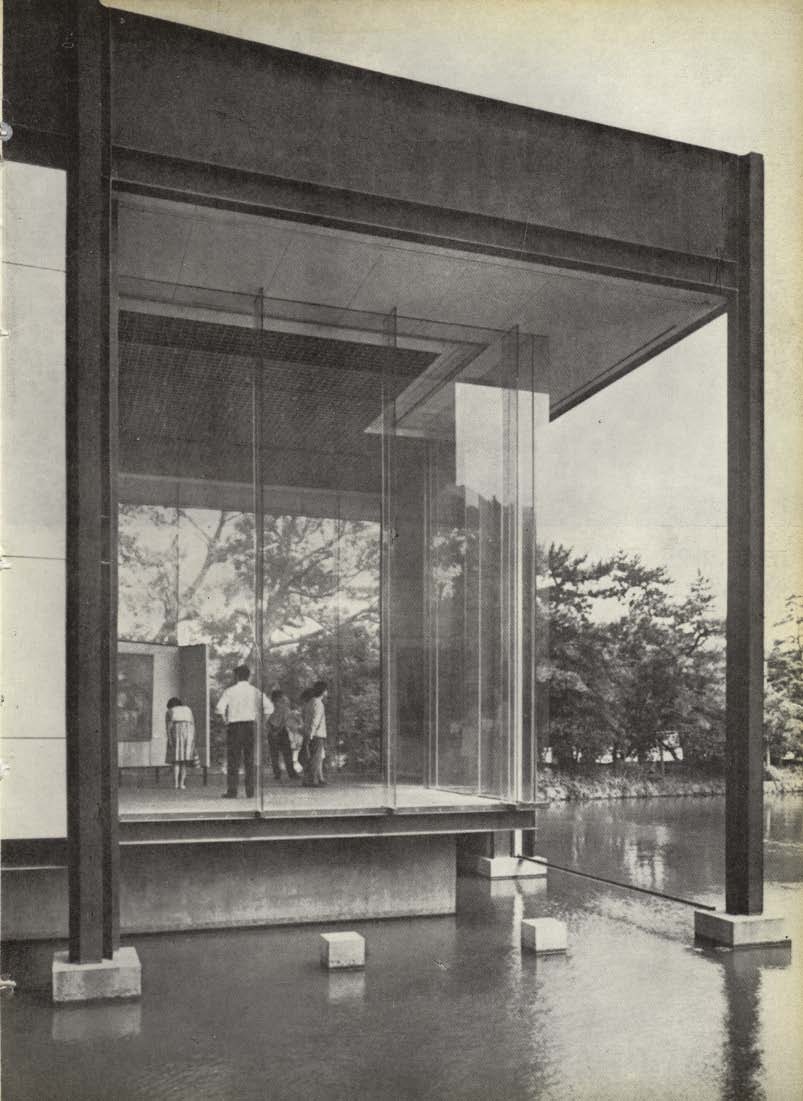
SPACE No. 9, p. 25
However, there is no longer an objective discussion of ‘Japan’, and this has been a weak link in the narration of Korean architectural history in general. The discussion about Japan has taken on new energy relatively recently, as the status of Korean architecture – or, even further, the status of Korean society in general – has been elevated in its global relevance and understanding. Even in SPACE, it seems that it is no longer taboo to cover the architecture of neighbouring Japan, such as extensively introducing the Japanese architectural group ‘Kansai 6’ and reporting architectural trends after the Great East Japan Earthquake.▼5 One step further from understanding Japanese architecture, it is time to have an objective and critical discussion concerning how ‘Japan’, as the outsider, acted as a shaping power in the establishment and development of Korean modern architecture.
In our next issue Hyon-Sob Kim will cover the special feature ‘Architect Park Kilyong: Commemorating the 24th Anniversary’, which featured in SPACE No. 6 (April 1967).
---
1 Gweon Bodeurae and Cheon Jeonghwan, Inquiry on the 1960s: Cultural Politics and Intelligence in the Era of Park Chunghee, Thousand Years of Imagine, 2012, p. 531.
2 Woo Donson, Choi Wonjoon, and Jeon Bonghee, Yoon Seungjoongʼs Oral History Book, MATI BOOKS, 2014, p. 209.
3 SPACE No. 12 (Oct. 1967) was released as a special issue of Buyeo Museum, containing information relating to the Buyeo Museum debate as well as comments of people and architects from all walks of life.
4 SPACE No. 12, p. 14.
5 ‘Kansai 6’ and Japanese architecture after the Great East Japan Earthquake were featured in SPACE No. 518 (Jan. 2011) and No. 537 (Aug. 2012), respectively.





